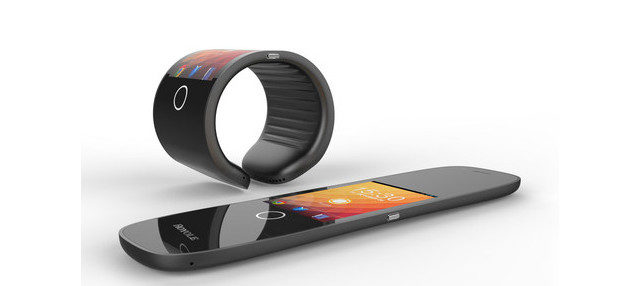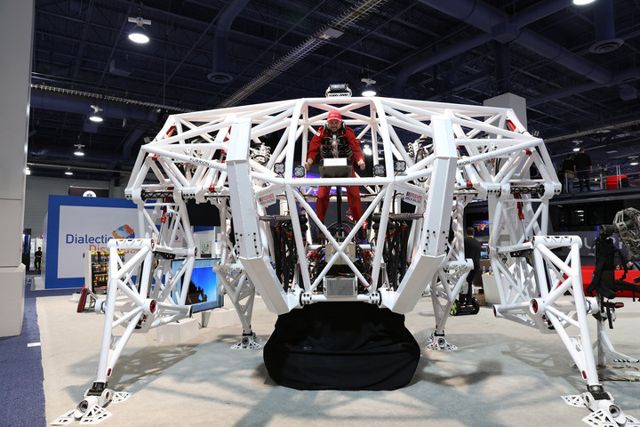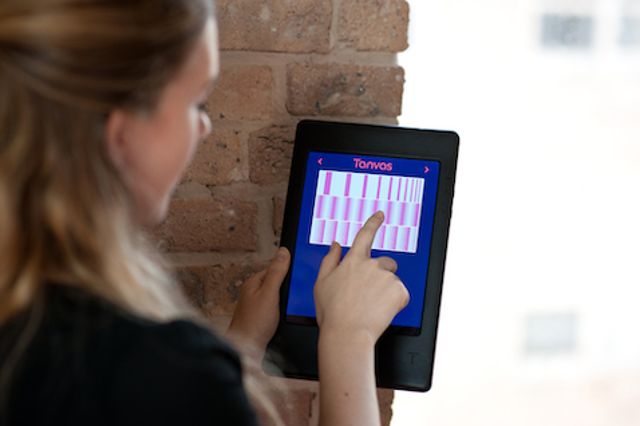
Qualcomm is now done with a new dedicated chipset for standalone headsets
Once we complete a task that is specific therefore, at the end of the day there are a large number of procedures running on smartphone-optimized chip sets that aren’t essential for the typical virtual job’s experience in a face computer. Through the past five years, While tacking on increasingly more energy to these headsets has generally been the wisdom that is dominating importantly and quickly it is getting to a point where the hardware that may be built has already reached the good-enough stage, also it’s time to create costs down and focus on shipping units.
Qualcomm
Qualcomm also claims today so it has generated a dedicated chipset for standalone headsets, to herald in this task that is necessary. The business chipset that is first the Snapdragon XR1 which focused exclusively on AR and VR, which the company is collectively referring to as “XR.”
In this technology, users will be able to savor experience like streaming 30fps that are 4K on XR1-powered devices. Including HTC Vive, Vuzix, Meta, and Pico, the ongoing company had some headset manufacturers onstage for the statement. Qualcomm is get yourself ready for a future that is near it believes product sales will cross the billions the range headsets being shipped today are quite small.
The thing that is important this is that the Qualcomm ended up being mostly mum on details of how this chipset works relative to the newly-released Snapdragon 845 — which has unique VR reference design — but it seems reasonable to assert that the XR1 might be a lower-cost option for hardware manufacturers that know exactly whatever they need and don’t want to cover to for an architecture that’s built around handling tasks that their devices won’t tackle. The XR1 is looking at low-cost products that have actually a much better chance of making it on the shelves in the near-term thereafter, While the Snapdragon 845 is looking to push headsets towards the capabilities offered by PC-tethered systems. The XR1 will support tighter movements like its 835 VR platform did, but XR1 won’t support 6DoF that is free-moving the 845.
now comes about the e-mail responding to concerns from TechCrunch, The Qualcomm XR lead Hiren Bhinde stated that the chipset that is new handle fewer workloads compared to the 845 for comparable power and thermal benchmarks,” while noting that, “[t]here will also be some AR customers whom don’t require the high illustrations or memory bandwidth supported in 845 for their devices, which is really what makes the XR1 a perfect complement them.”
Numerous current customer that is untethered headsets are lightweight within their compute demands because they’re not focused on replicating the world towards the fidelity that VR is trying it was only done whenever it had been compared with some of today’s standalone VR headsets. let us talk about the display that is heads-up the Headsets that just offer a heads-up display and a voice assistant like those being shown off by Qualcomm XR1 partner Vuzix differ from what Magic Leap and Microsoft are pursuing with their “mixed reality” devices which enable sophisticated environment mapping so that digital items can find a natural place in a viewer’s periphery.
Qualcomm seems convinced that the time to strike is now and that the XR1 could give manufacturers in the AR/VR room the added boost they require to begin equipment that is shipping by building a chipset with lower-cost mass-market headsets in their sights





